Implementing Agile in Your Organization
Embarking on an Agile transformation journey requires a thoughtful and strategic approach. Here's a comprehensive guide to implementing Agile in your organization.
Keep Reading Below↓
1. Understanding the Agile Mindset:
Key Steps:
Leadership Alignment:
Ensure alignment at the leadership level regarding the principles and benefits of Agile.
Educational Initiatives:
Conduct training sessions to foster a shared understanding of Agile principles.
2. Addressing Common Challenges:
Common Challenges:
Resistance to Change:
Strategies to overcome resistance and promote a positive outlook on Agile.
Communication Barriers:
Enhancing communication channels to facilitate collaboration.
3. Forming Agile Teams:
Critical Elements:
Role Definitions:
Clearly define roles such as Scrum Master, Product Owner, and Development Team.
Team Empowerment:
Foster a culture of empowerment and shared responsibility.
4. Change Management Strategies:
Proven Strategies:
Incremental Adoption:
Adopt Agile practices incrementally to allow for smoother transitions.
Continuous Feedback Loop:
Establish mechanisms for continuous feedback to address concerns in real-time.
5. Measuring Agile Success:
Key Metrics:
Velocity:
Measure the amount of work completed in each iteration.
Cycle Time:
Evaluate the time taken to move a task from initiation to completion.
Customer Satisfaction:
Gather feedback to gauge customer satisfaction with the Agile process.
6. Scaling Agile Practices:
Strategic Scaling:
LeSS or SAFe Frameworks:
Explore frameworks like Large-Scale Scrum (LeSS) or the Scaled Agile Framework (SAFe) for broader implementations.
Adapting to Organizational Structure:
Tailor Agile practices to fit the unique structure of your organization.
Conclusion:
Implementing Agile is not just a process change; it's a cultural shift. By strategically addressing challenges, fostering an Agile mindset, and measuring success through relevant metrics, organizations can pave the way for a successful and sustainable Agile transformation.

